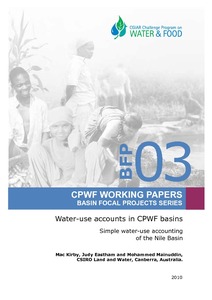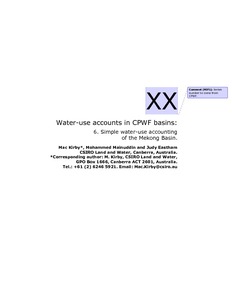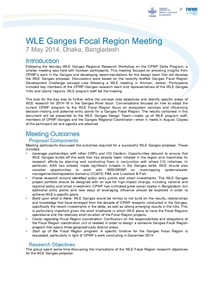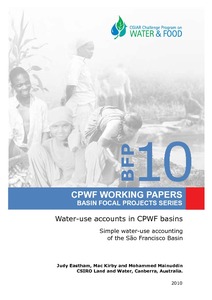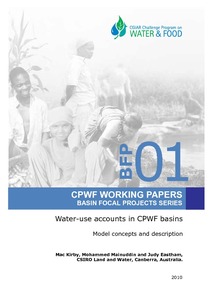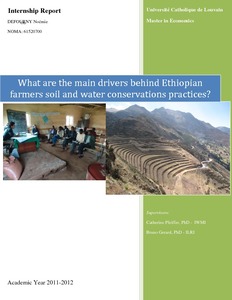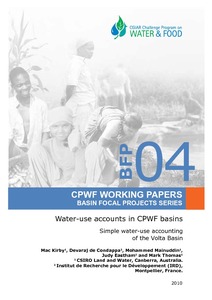Water-use accounts in CPWF basins: Simple water-use accounting of the Nile Basin
This paper applies the principles of water-use accounts, developed in the first of
the series, to the Nile River basin in Northeast Africa. The Nile and its tributaries
flow though nine countries. The White Nile flows though Uganda, Sudan, and Egypt.
The Blue Nile starts in Ethiopia. Zaire, Kenya, Tanzanian, Rwanda, and Burundi all
have tributaries, which flow into the Nile or into Lake Victoria. Unique features are
Lake Victoria and the Sudd wetland where White Nile loses about half of its flow by

